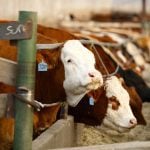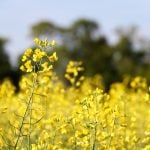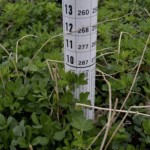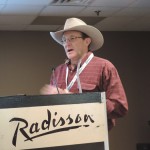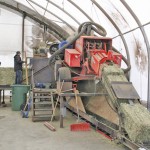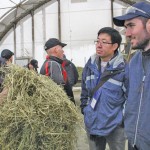In May and June, MFGA published our Green Gold reports to provide Manitoba forage producers with information as to how alfalfa is progressing in their area and, particularly, when to make their first cut for optimum quality. We saw Mother Nature’s influence this year as alfalfa was at the optimum stage in some areas, yet the
